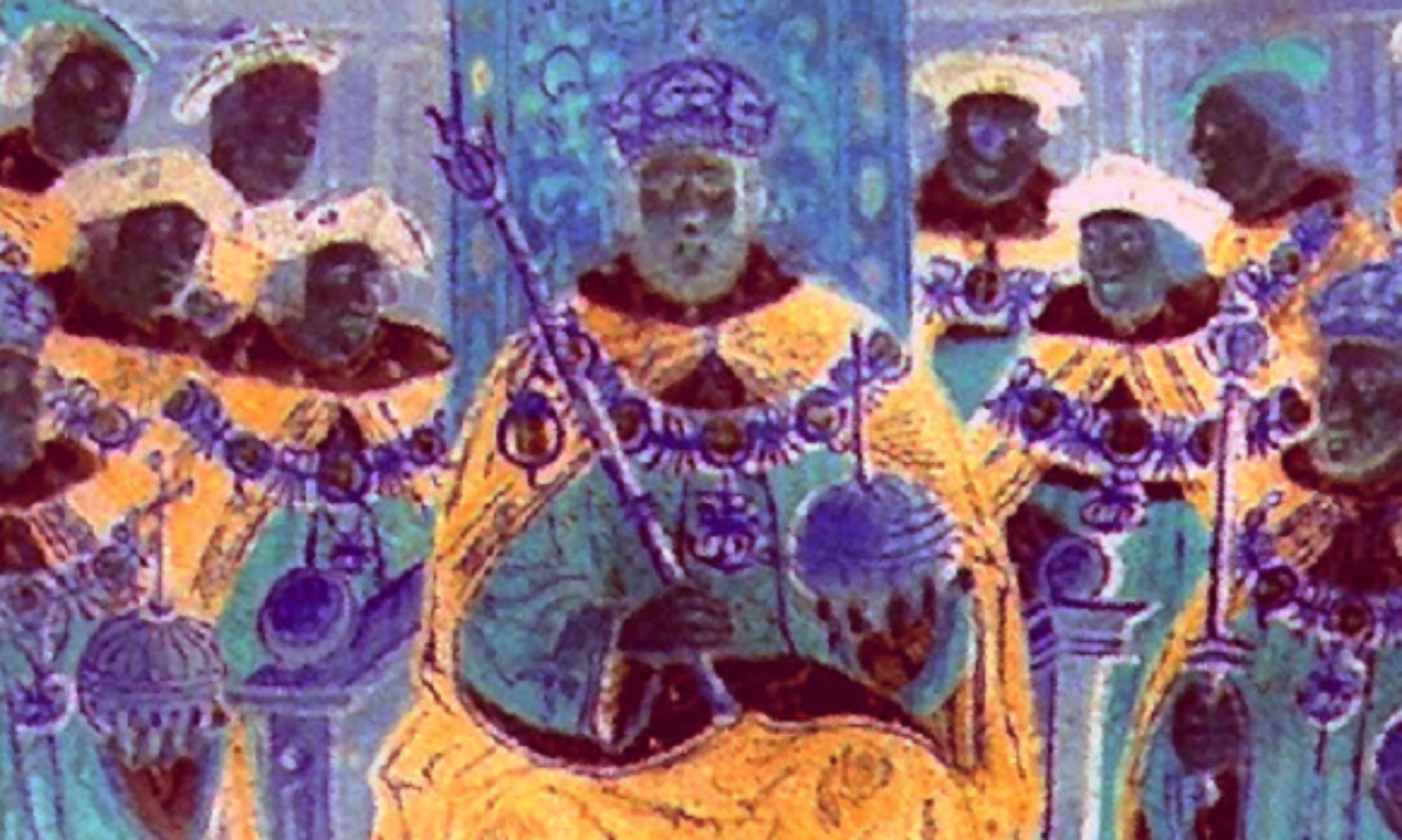Hans-Adam II became the 15th reigning Prince of Liechtenstein following the death of his father, Prince Franz Joseph II, on 13 November 1989. The process of accession in Liechtenstein is rooted in constitutional and parliamentary procedures rather than a traditional coronation ceremony with religious or medieval pageantry.
Accession Process
- Immediate Succession:
Upon the death of Prince Franz Joseph II on 13 November 1989, Hans-Adam II automatically became the new Prince of Liechtenstein by right of succession (ipso iure). - Declaration of Legality:
On the same day, Hans-Adam II wrote to the head of government, formally declaring his intention to reign in accordance with the constitution and laws of Liechtenstein, as required by Article 13 of the constitution. - Oath of Allegiance:
Within 30 days of accession, the new prince is required to take an oath of allegiance before the Liechtenstein parliament. Hans-Adam II fulfilled this on 6 December 1989, swearing to uphold the constitution and the rights of the reigning prince. - Homage by Parliament:
After the prince’s oath, the parliament pays homage to the new sovereign, swearing allegiance on behalf of the people. This tradition dates back to the Middle Ages and is a key ceremonial aspect of the accession. - Public Celebration:
The homage and public celebration involving both the prince and the people of Liechtenstein took place the following year on the country’s National Day, further affirming the prince’s commitment to his constitutional duties and the nation.
Nature of the Ceremony
- Liechtenstein does not hold a religious coronation or crowning ceremony for its princes. The process is formal, constitutional, and largely secular, focusing on legal and parliamentary acts rather than elaborate rituals.
- The prince’s powers are confirmed through his oath and the parliament’s homage, rather than through anointment or crowning.

Subsequent Developments
- Hans-Adam II reigned as head of state from 1989, overseeing significant constitutional reforms, including a 2003 referendum that expanded the powers of the prince.
- On 15 August 2004, he delegated day-to-day governmental duties to his eldest son, Hereditary Prince Alois, as regent, though Hans-Adam II remains the official head of state.
Summary Table: Accession of Hans-Adam II
| Step | Date | Description |
|---|---|---|
| Death of Predecessor | 13 November 1989 | Hans-Adam II becomes prince ipso iure |
| Declaration of Legality | 13 November 1989 | Written proclamation to government to reign per constitution |
| Oath of Allegiance | 6 December 1989 | Sworn before parliament, per Article 13 of constitution |
| Parliamentary Homage | December 1989 | Parliament swears allegiance to the new prince |
| Public Celebration | National Day 1990 | Homage and commitment reaffirmed before the people |
In summary:
Hans-Adam II’s accession as Prince of Liechtenstein in 1989 followed a constitutional process involving a formal declaration, an oath before parliament, and homage by the legislature, rather than a traditional coronation ceremony. This reflects Liechtenstein’s modern, parliamentary approach to monarchical succession.
